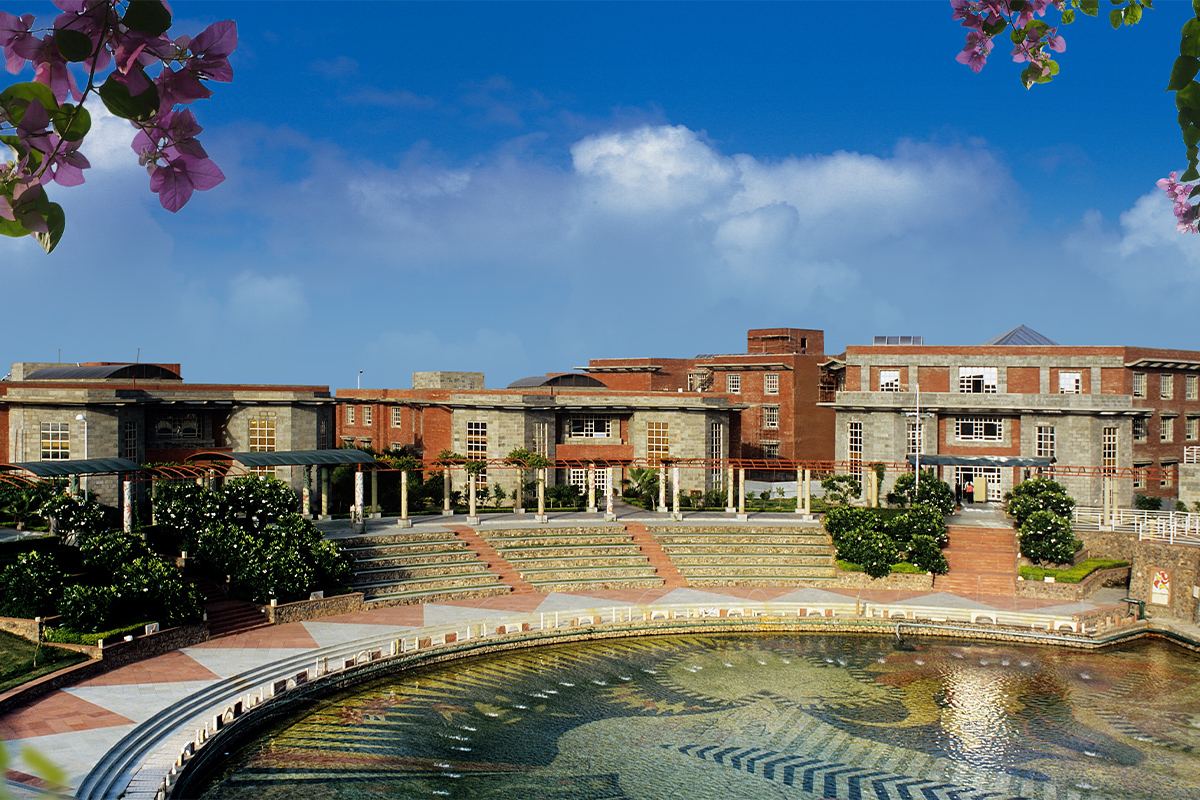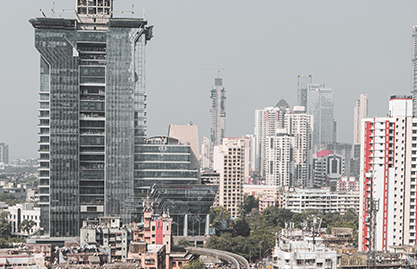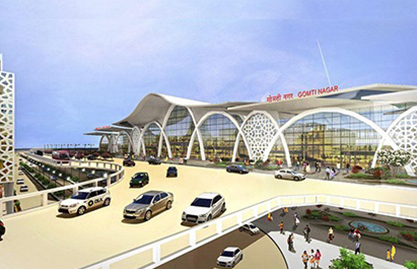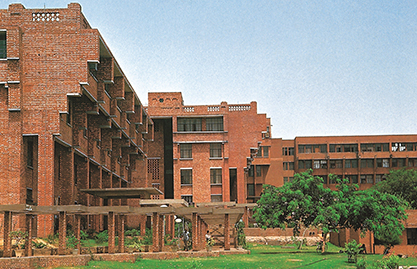Does sustainable design hamper modern architecture?
“The more our world functions like the natural world, the more likely we are to endure on this home that is ours, but not ours alone.”
- Janine Benyuns
Sustainability is one of the pivotal terms of the 21st Century. It has been able to rise as an essential element and create waves in almost all of the major sectors. Even economies around the world, no matter their scale nor size are integrating this to achieve milestone goals. Construction is responsible for more than a third of global energy-related carbon dioxide. It is no wonder that professionals working in AEC industry around the world are seeking more and more resolves to work in the opposite direction and decrease CO2 release through design as well as construction methods.
Green roof architecture, vertical architecture and indoor farming are some of the creative efforts that architects, engineers along with urban farmers are coming up with and using nature as a tool to obtain knowledge and prevent further environmental damage.
What is sustainable architecture?
Architectural designs when ideated and constructed in a site such that the structures have minimal environmental impact can be considered sustainable. This could include the use of environmentally-friendly materials, technology as a catalyst for eco-friendly designs and use of renewable energy.
Green certifications to promote sustainable architecture
Many sustainable grading and certification systems combine a variety of existing sustainable practices and encourage the development of new, innovative, integrated solutions to persistent problems. Each certification scheme comes with different aims and criteria, but proponents of certification argue that the standards it upholds serve to raise the bar for sustainable construction in general. The Leadership in Energy and Environmental Design (LEED) program, developed by the United States Green Building Council, the Building Research Establishment Environmental Assessment Method (BREEAM), Energy Star, and Australia's Green Star, are among the many sustainability certifications available that promote and reward sustainable architecture. Green certifications overall purpose is to adequately assess the negative effects of building and construction while also giving tools, assistance, and resources needed to improve the sector.
Useful Resources: Educational Architecture Projects | Redevelopment Architecture Projects
One of the most important aspects of sustainable design is the ability to:
- Maximize site potential
- Reduce nonrenewable energy usage
- Employ environment-friendly items
- Protect and conserve water
- Improve indoor environment quality
- Improve operations and maintenance methods
As an example, for our project – Pathways World School Aravali, the rocky, hilly, and almost inaccessible site had to be transformed into a comfortable and state-of-the-art campus within twelve months, all in a highly eco- and cost-conscious manner. The architectural design was sensitive to the preservation of the site’s fragile eco-system, with contributors treading carefully during the planning and construction stages of the project. The Master Plan of the campus was generated organically from a consideration of the site’s topography. A magnificent lake was created in the natural depression that lay towards the centre of the site and was kept as the primary focus, with all the buildings configured in a circular manner around it. The lake was designed as an ecological water-body that collects the water run-off throughout the site. Due to these considerations, it was recognized as the first Platinum-rated institutional project in India.
Sustainable architecture limitations
Some impediments could stymie the growth of sustainable architecture in India, one of the most significant of which is the financial cost. While a sustainable structure may save you money in the long run, many believe that sustainable materials and procedures are significantly more expensive than traditional alternatives. This isn't the case always, which is why bringing in green evolution architects early in the design process becomes all the more important. Working with a design team that knows the complexity, needs, and problems of developing a sustainable structure will allow better solutions that provide both the essential environmental advantages and cost-efficiency.
Conclusion
Architectural firms are now responsible for not just creating functional designs, but also coming up with integrated solutions that include environmental considerations. Individuals, businesses, communities, the economy, and the environment all gain from sustainable architecture.
And, if done properly, sustainability gels quite well with modern designs. The proof is in the many sustainable designs created by CP Kukreja Architects (CPKA). The best sustainable architecture firms in India are moving in this direction and CPKA takes pride in being a key contributor in this regard.








